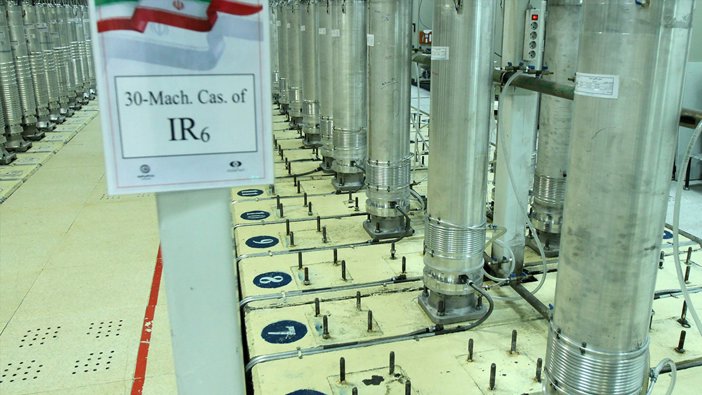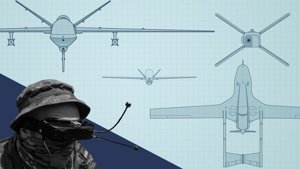
U.S. Strikes Devastate Iran’s Nuclear Program, IAEA Demands Access
U.S. precision strikes devastate Iran’s nuclear sites as IAEA reports missing uranium and calls for urgent inspections.
IAEA Confirms Severe Damage, But Uranium Missing
U.S. airstrikes ordered by President Donald Trump have caused substantial destruction at Iran’s most critical nuclear facilities, leaving the International Atomic Energy Agency (IAEA) scrambling to account for missing enriched uranium. The targeted facilities—Fordow, Natanz, and Isfahan—were struck over the weekend using advanced bunker-buster bombs and cruise missiles, in what American officials describe as a decisive blow to Iran’s nuclear ambitions.
IAEA Director General Rafael Grossi, speaking on Tuesday, acknowledged that nearly 900 pounds of potentially enriched uranium cannot be located following the strikes. Iranian officials claimed the material was moved for “protective measures” before the attacks, but the IAEA has not verified its location. “We do not have information of the whereabouts of this material,” Grossi said, urging Iran to allow inspectors immediate access to the affected sites to ensure global security.
Precision Damage at Fordow, Natanz, and Isfahan
Satellite imagery released by Maxar Technologies revealed widespread destruction at all three sites. At Fordow, deep craters mark access roads and tunnel entrances to the underground enrichment facility, while multiple perimeter buildings have been destroyed. Natanz, long considered central to Iran’s enrichment efforts, shows filled-in craters at its centrifuge halls, suggesting extensive subsurface damage. The Isfahan complex also suffered significant blows, with surface and tunnel infrastructure directly targeted by U.S. ordnance.
“Natanz was the first to be hit and sustained very serious damage in one of the centrifuge halls where enrichment was being carried out,” Grossi reported, adding that the full extent of damage at Isfahan remains unassessed since inspectors have not been allowed inside. The United Nations and IAEA are demanding that Iran resume inspection activities as soon as possible for international accountability.
Experts Say Nuclear Weapon Sprint Impaired
While some analysts question whether Iran’s nuclear capability was completely eliminated, consensus is emerging that the attacks created a major “bottleneck” for weapons-grade uranium production. The U.S. military deployed 75 precision-guided munitions, including 14 Massive Ordnance Penetrators (MOPs), to disable critical underground infrastructure. Even if nuclear material was moved before the strikes, experts argue that the chaos and logistical challenges now facing Iran will make it much more difficult for Tehran to pursue rapid weaponization in the near future.
Andrea Stricker, Deputy Director at the Foundation for Defense of Democracies, said, “Because of the massive damage and the shock wave from the MOPs, it likely would render Iran’s centrifuges damaged or inoperable.” Any surviving equipment is likely inaccessible and unusable for months, she added, pointing to a “significant impact” on Iran’s nuclear weapons potential.
What’s Next: IAEA and Global Community Demand Clarity
The next phase will hinge on whether Iran grants the IAEA the access it needs to verify the location of enriched uranium and assess the true extent of the damage. Grossi reiterated his agency’s mandate: “My obligation is to account for every gram of uranium that exists in Iran and in any other country.” The ongoing uncertainty has triggered fresh calls for transparency, as Western officials warn that unaccounted nuclear materials pose a risk far beyond the Middle East.
As satellite images of cratered facilities circulate worldwide, the aftermath of the U.S. operation signals a turning point in the years-long standoff over Iran’s nuclear program. For now, the world is left waiting to see if Iran will cooperate and what long-term effects the strikes will have on nuclear nonproliferation efforts.






